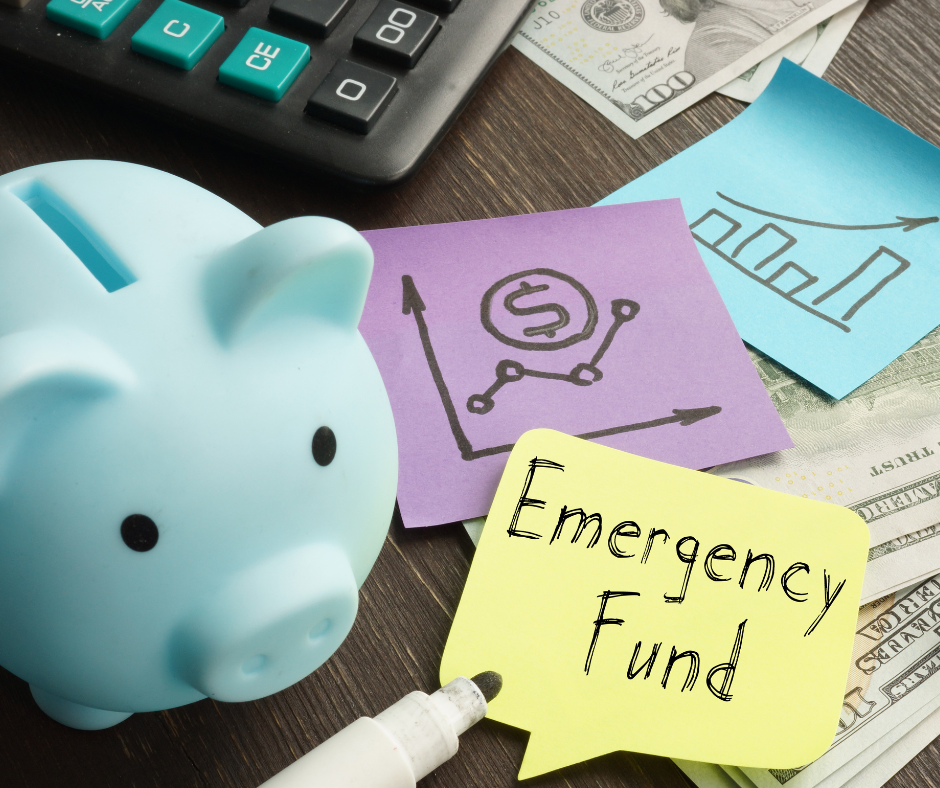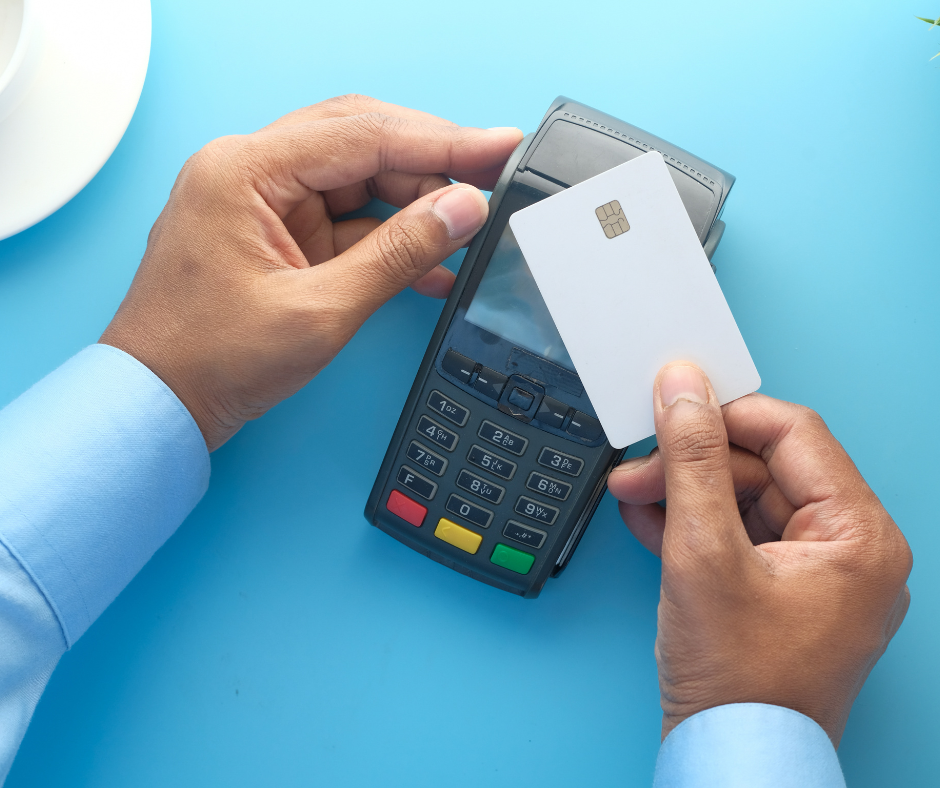Emergency funds 101: how much to save and where to keep it
Learn the basics of emergency funds 101: how much to save, where to keep your money, and simple steps to build financial security.
Understanding emergency funds 101 is a crucial first step in building financial stability.

Life has a way of surprising us, and not always in the best way. From unexpected car repairs to job loss, emergencies can happen when we least expect them.
If you’ve ever asked yourself how much should I save for emergencies? or where should I keep that money?, you’re not alone. Many people simply haven’t been taught these basics. But don’t worry, we’re going to break it all down in clear, everyday language.
Why emergency funds matter more than you think
An emergency fund is a financial cushion meant to cover urgent, unplanned expenses. Think medical bills, essential home repairs, or losing your primary income. Without a fund to fall back on, people often turn to credit cards or loans, solutions that can quickly lead to debt traps.
When you’re living paycheck to paycheck, the idea of saving may feel out of reach. But even small steps can make a difference. The goal isn’t perfection, it’s preparation. Having just a few hundred dollars saved can reduce stress in a crisis.
How much should you save?
There’s no universal number, but a common recommendation is to aim for three to six months’ worth of essential expenses. This includes rent or mortgage, utilities, groceries, insurance, and minimum debt payments.
That said, if that feels overwhelming, start smaller. A first milestone of $500 to $1,000 can help with minor emergencies and keep you from relying on high-interest credit.
Ask yourself:
- What are my monthly must-pay bills?
- How secure is my income?
- Do I have dependents or health issues that increase my risk of emergency costs?
Your answers will help shape a more personal savings target.
Where should you keep your emergency fund?
Your emergency fund should be easy to access, but not too easy. You want it available quickly when needed, but not so convenient that you’ll be tempted to dip into it for everyday spending.
Here are three good options:
- High-yield savings accounts: these offer better interest rates than traditional savings accounts and are still very accessible.
- Money market accounts: often come with debit cards or check-writing, but usually with withdrawal limits.
- Cash management accounts: offered by investment platforms, these often combine the best of both checking and savings.
Avoid tying up your emergency fund in investments like stocks or mutual funds. The market can go down just when you need to pull cash out, defeating the purpose of emergency savings.
Tips to build your fund over time
- Automate savings: set up a small, recurring transfer every payday.
- Use windfalls: tax refunds, bonuses, or gifts can give your fund a boost.
- Track spending: knowing where your money goes can help you find areas to cut back temporarily.
Small amounts add up, especially when you’re consistent. Focus on progress, not perfection.
A safety net worth building
Learning the basics of emergency funds 101 isn’t just for finance nerds, it’s for anyone who wants more control in uncertain times. While building an emergency fund takes time, the peace of mind it can bring is worth the effort.
Start where you are, use what you have, and aim to grow little by little. After all, the best time to prepare for a storm is before the clouds roll in.





